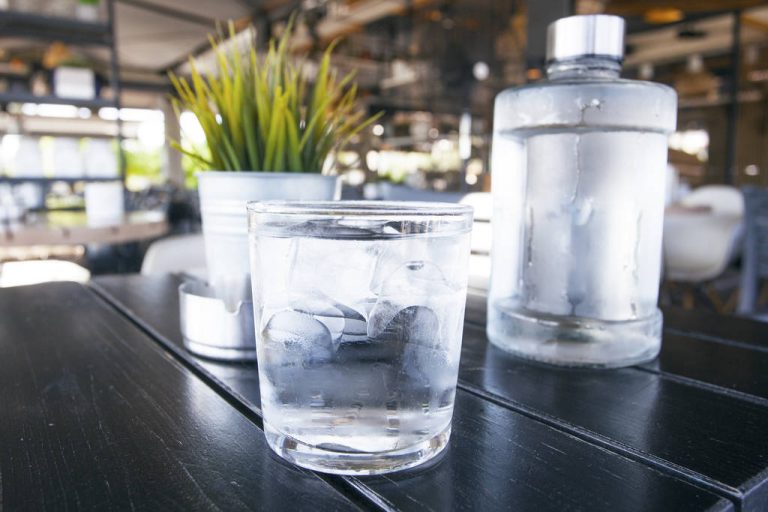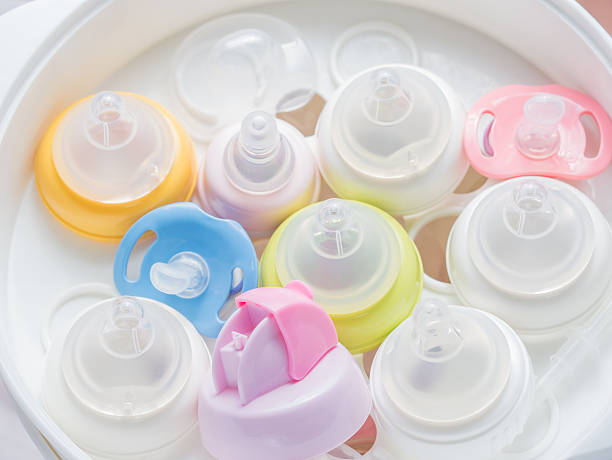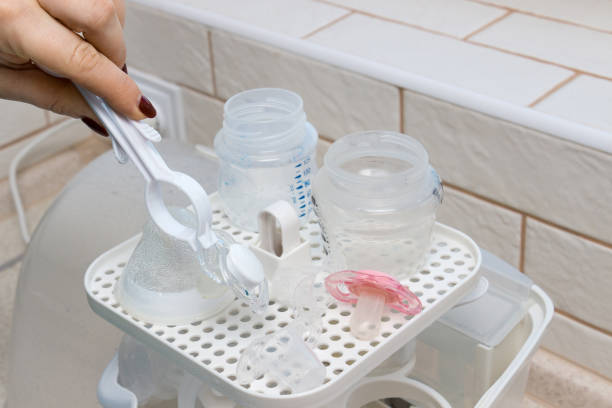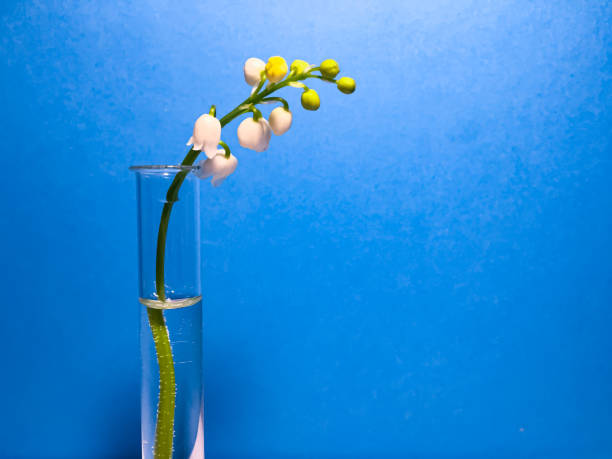With sparkling water and from the plastic bottle – that’s how many prefer to drink their water. But the effect of plastic on human health is controversial. Does bottled water from PET bottles really pose a risk?
“Environmental hormones in mineral water!” was the headline in many major media outlets in 2009. Two scientists from the Goethe University in Frankfurt am Main published research results at the time that suggested mineral water was contaminated with substances that have an estrogen-like effect. Since then, the validity of the study has repeatedly been questioned by various parties and authorities have given the all-clear. But the fear that water from plastic bottles is contaminated with environmental hormones or other chemicals persists.
What has happened in research since then? Are hormones really a problem – or are there possibly other substances? Do unhealthy substances from plastic bottles get into the water at all?

PET bottles: hormones in mineral water?
Since the Frankfurt study of 2009, no other serious research has found such high levels of exposure to hormonally active substances. So did the substances really come from the plastic bottles?
The search for the source is extremely difficult and far from over, says Dr. Martin Wagner, one of the authors of the study. “I am still of the opinion that there was estrogen pollution in the water at the time. But nobody knows exactly where they came from,” explains Wagner. “Unfortunately, little has happened since then, there have been hardly any scientific studies on mineral water in the last ten years.”
dr Frank Welle, a chemist at the Fraunhofer Institute for Process Engineering and Packaging (IVV), doubts that the hormone pollution really came from the plastic bottles. In the Frankfurt study, it was striking “that the same brand of mineral water in glass or PET bottles showed no significant differences.” He wrote this in an analysis in 2014. He also says that since then there have been no relevant publications on the subject. “But that’s not surprising if there are no hormones at all in mineral water or PET bottles.”
According to the last statement by the Federal Institute for Risk Assessment (BfR) from 2011, there is “neither evidence of estrogen-like activity in the mineral waters, nor have substances been detected in concentrations that could have caused such an activity.” However, the BfR sees a need for further research.
also dr Martin Wagner, who is now doing research at the Norwegian University of Science and Technology in Trondheim, says: “In the last study, we did not find any estrogenic effects in PET.” Overall, PET came off relatively well. However, he announces that a new, as yet unpublished study has definitely found hormonal stress. “This shows that results in this area are difficult to generalize.”
How do pollutants get into the water?
If the plastic bottles really aren’t the (biggest) problem, how do chemicals get into the mineral water? One possible source of contamination is the water source.
Contamination of mineral water at source
Various contaminants get into mineral water from water sources again and again. Among other things, the Lower Saxony State Office for Consumer Protection and Food Safety (LAVES) established in 2006 “that in some cases the raw water already has an estrogenic effect.” This suggests that any estrogenic contamination that is actually present could come from the springs instead of from the bottles. “But this has not been systematically investigated since then,” criticizes Wagner.
Plastic bottled water: chemical aftertaste
Assuming that PET plastic bottles are more or less harmless: why does the water sometimes taste so strange? Everyone knows the chemical taste when plastic bottles have been in the sun for a long time. Acetaldehyde escaping from the plastic is responsible for this. The substance is created in the manufacturing process of PET; it can be released into the water, especially at high temperatures and for long periods of storage.
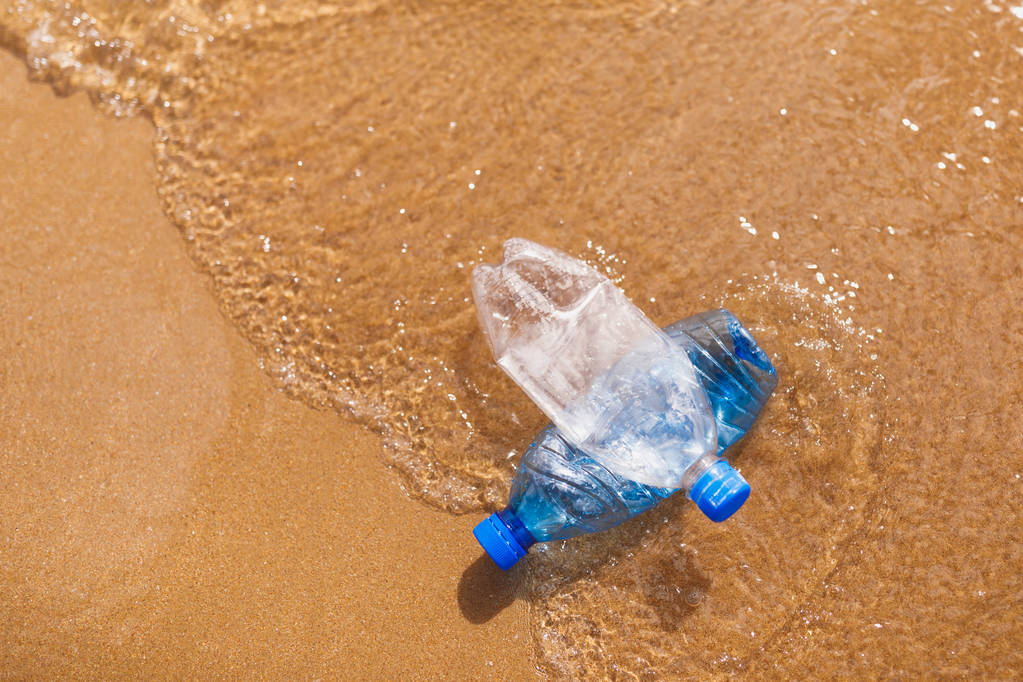
Water in plastic bottles: harmful or not?
So is water from plastic bottles (PET bottles) a health risk? According to the current (!) status, probably not. We deliberately formulate this so vaguely because in some cases significantly more research is needed to be able to answer this question conclusively.
The suspicion that hormonally active substances migrate from plastic bottles into mineral water has not (yet) been confirmed according to the current state of research. Various substances from the PET can be released into the contents of the bottles, but according to the current state of knowledge, not in critical quantities. Not only on this, but also on a potential health hazard from microplastics, there is still a lack of clear knowledge.
In addition to substances from the plastic, residues from agriculture are also found in mineral water – however, this applies to water from both plastic and glass bottles.
As a precautionary measure, should we stop drinking water from plastic bottles? Everyone has to decide for themselves whether they want to do without for health reasons. But there are other reasons that speak for it.



